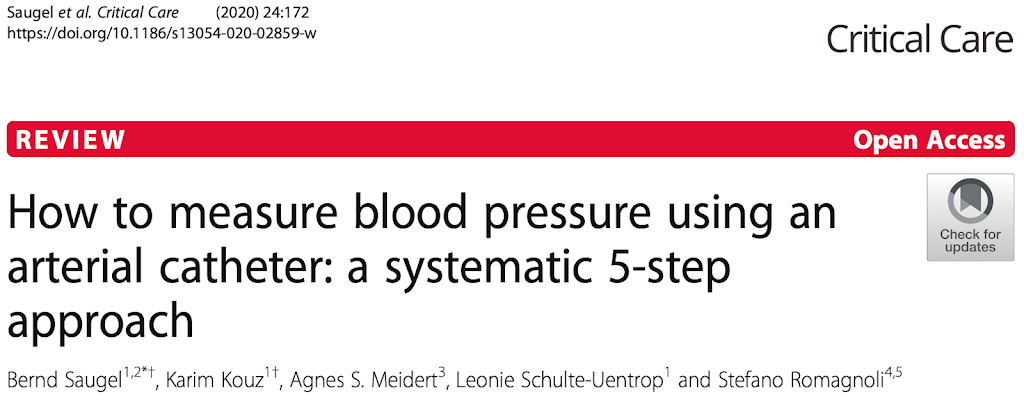I have covered many things on this page, including resuscitation and fluid responsiveness. Fluid responsiveness is a patient being given a certain amount of fluid, or a passive leg raise to assess how that will increase the cardiac output/index or stroke volume. This post will discuss stroke volume variation (SVV) and how it predicts fluid …




